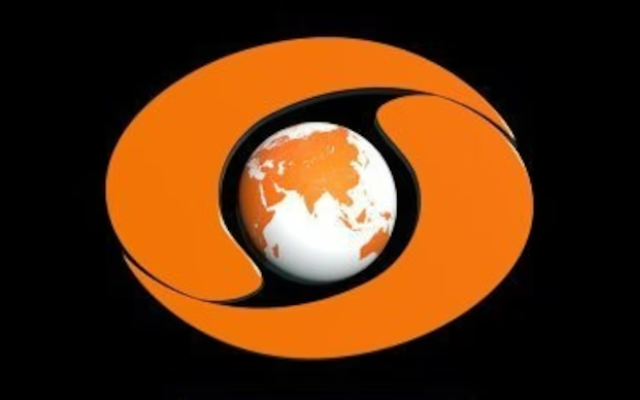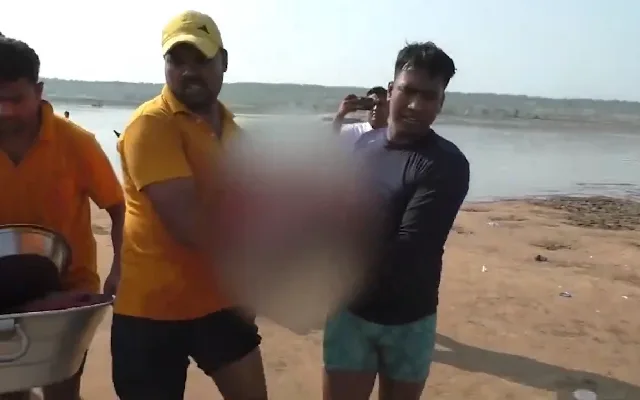The law in Karnataka states very clearly that both the rider and the pillion rider must wear helmets to prevent or minimize injury to the head and brain. True No helmet can protect against all possible impacts, and the impact may exceed the helmet’s protection, but if it is genuine, tested and manufactured according to standards, and worn properly (not carried on the forearm like a hand bag like many youngsters do these days) it can save precious lives from fatalities and vegetative states. But are all helmets sold in the state genuine. Elizabeth Mani crashes into the helmet industry to find out!
On one fateful day, September 24, 2016, the21-year-old daughter of a retired government officer Bhavana G, a Bachelor of Engineering student met with an accident on her way home from the Global Academic College. She died on the spot after a truck hit her. Her father, Gangadhar B, is still mourning her death. “She was my only daughter, I did get her an ISI helmet but she hadn’t tightened her helmet belt properly. She died of head injuries. All two-wheeler riders should wear standard helmets,” he says. It was the fault of the truck driver who was drunk and driving but she would have been alive if she had worn the helmet belt, said Gangadhar, retired government officer.
Her father, Gangadhar B, is still mourning her death. “She was my only daughter, I did get her an ISI helmet but she hadn’t tightened her helmet belt properly. She died of head injuries. All two-wheeler riders should wear standard helmets,” he says. It was the fault of the truck driver who was drunk and driving but she would have been alive if she had worn the helmet belt, said Gangadhar, retired government officer.
Bhavana’s case is not the only one.
A report by Bangalore City Traffic Police reveals that 4828 accident cases were registered in 2015. The number, however, has gone up this year. From January to October 2016, 5277 accident cases were registered.Again, in 2015, NDTV reported that more than two people die in road accidents in Bangalore city every day
For a helmet-less rider, striking his head on the blacktop even at a cruising speed of 15-20 kmph can prove fatal. According to the United Nations Motorcycle Helmet Study, 2015, “Four of every 10 motorcyclist dying in road crashes can be saved, if they wear appropriate helmets”.The same report says, “India had the dubious record of maximum two-wheeler deaths at 36,800 and leaving at least 93,400 injured in 2015. Motorcyclists are 26 times more likely to die in road crash than drivers of passenger cars. Wearing an appropriate helmet improves their chances of survival by 42% and helps avoid 69% of injuries to riders,” it added.
What happens to a rider or a pillion rider not wearing a standard helmet?
When an unprotected head hits a rigid surface at even 15-20 kmph, the skull fractures and fatal brain haemorrhage is possible, says the expert.A helmet reduces the impact on the head by cushioning the impact and absorbing the energy along with bringing the head to a stop in a more gradual manner. If the force on the skull is decreased, the damage to the brain will also decrease.
A report of the National Institute of Mental Health & Neuro Sciences reveals that every year more than 2,000 motorist are killed and 30,000 sustain serious injuries in Karnataka.
Of the total, on an average, about 100-120 two-wheeler riders and pillion riders sustain head injuries every month in Bangalore. Of these 10-12 succumb to death.
NIMHANS along with the World Health Organisation (WHO) conducted a research on road accidents and traffic deaths in Bangalore in 2011 and concluded that there were nearly 25 lakh two-wheelers in Bangalore, and only half of the riders wore standard safe helmets.While about 55% riders wore “full-face” helmets, nearly 32% per cent wore “half-head” helmets and 12% per cent “half-face” helmet.The study also pointed out that the only half of them wore helmets that ensured safety.
The point is, even the thickest of skulls cannot survive a hit on the blacktop without a safe helmet.
Unsafe helmets
Safe helmet – What is that? It’s a helmet certified safe by the Indian Standards Institute (ISI (not to be confused with Pakistani Military intelligence) So, what about the ISI marked helmets sold on road side for anything between Rs 100 and Rs 300, half the cost of a genuine ISI helmet which normally costs anything upwards of Rs 600? Are they safe too?
Naresh Hindocha, manufacturer of ISI marked Ryder Helmets based in Belgaum, says “fake ISI helmets” compare poorly with ISI certified-helmets. He claims to be first company in Karnataka to get ISI certification for helmets.“ISI-certified helmets go through intense safety testing to prevent brain injuries. Helmets sold on the roadside on the other hand are made of plastic, fibre and other cheap materials,” he says.Fake ISI-mark helmets are prone to break in the event of an accident and severity of head injuries are high, more than often fatal. Genuine ISI-mark helmets withstand blows to the head and save lives.
The problem is that a large number of people buy the cheaper helmets sold on the roadside even though they are aware of the risks involved; one because they are cheap, and two because for them the helmet is not to avoid injuries to the head but because they want to escape paying a fine for not wearing a helmet.
Motorcyclist Anand Dhanakoti, 25, says there is hardly any difference between ISI and non-ISI helmets. For him a helmet is a helmet. What’s more important for him is “safe-driving”. ISI helmets are expensive and the helmet-must-law is only a ploy to make money for traffic cops, he says.
The Bangalore Traffic Police conducts what it calls a “helmet drive” at frequent intervals, checking if motorcyclists are following the law and wearing helmets. Those found helmetless, riders as well as pillion-riders, are fined Rs 100. Sadly, though, awareness campaigns to warn two-wheeler users against cheap helmets are absent.
The sale of fake ISI-marked helmets have gone up substantially ever since the “helmets compulsory rule for pillion riders” was imposed in Karnataka. Not surprisingly, so have injuries and fatalities sustained by motorcyclists in road accidents.
The fake ISI helmet
So-called “half-face” helmets and fake-ISI helmets are manufactured in Delhi and Mumbai with nationwide distributors buying them direct from factories.
Manjunath N, a 28-year-old, sells helmets on KR Road in Bangalore. “From the factories, the distributor buys a helmet for Rs: 40 or 50, which he then sells for Rs: 60 to 65 to us. We sell them for Rs 100,” he says. “The distributor makes lakhs in a days. My distributor has 20 shops in Bangalore.”
He says two-wheeler riders prefer buying cheap helmets because they are loathe to pay off cops if caught riding without wearing helmet. “If the government cuts ISI helmet price we would be more than happy to dump these fake ISI helmets” says Manjunath.
Is your helmet a genuine ISI certified helmet?
Every ISI mark helmet has an ISI number as also a seven-digit Central Mass and License (CM/L) number allotted to a helmet manufacturer who has opted for the ISI mark.
Genuine helmets have the “ISI mark”, the helmet’s IS code (IS 4151) above the ISI mark and manufacturer’s code (CM/L) below the ISI mark
The ISI mark is not a removable sticker, it is non-removable laminated print.
Customers can verify the manufacturer at BIS website http://www.bis.org.inby providing the CM/L code in the “Product Certification – Online information – Application/License related” field.
Each helmet shall be clearly and indelibly marked with the manufacturer’s name or trademark, size, year of manufacture and mass of the helmet.
What does the law say?
As per section 129 of the Motor Vehicles Act, 1988, “Every person driving or riding on a motorcycle of any class or description shall wear a protective headgear conforming to the standards of Bureau of Indian Standards.”
A standard helmet protects users from brain injury related deaths, other serious head injuries, skull fractures and neurological disabilities.“Whenever we get two-wheeler accident death cases the main cause of the death is head injury. It is important that the rider and the pillion rider wear standard helmets to protect them from head injuries,” says High Ground Traffic Police Inspector Suresh.
He admits that people did start wearing helmets after it was made mandatory, most of them “half-face” helmets with a duplicate ISI mark. “When we notice the helmet is duplicate, we warn them; we are not authorized to fine them, as far as we’re concerned we haul them up and fine only if it’s ‘rider not wearing helmet’ and ‘Pillion without helmet’.
And perhaps there lies the dilemma. The Traffic Police enforce the law as it stands, but do not enforce it in the spirit in which it was made. The law too needs to be strengthened to strengthen their hands, and save riders skulls from the skull doggery indulged in by fake helmet manufacturers.
(Elizabeth Mani is a Bangalore based reporter and a member of 101Reporters.com, a pan India network of grassroots reporters.)
(This article was published in the recent issue of Karnataka Today Magazine)


















